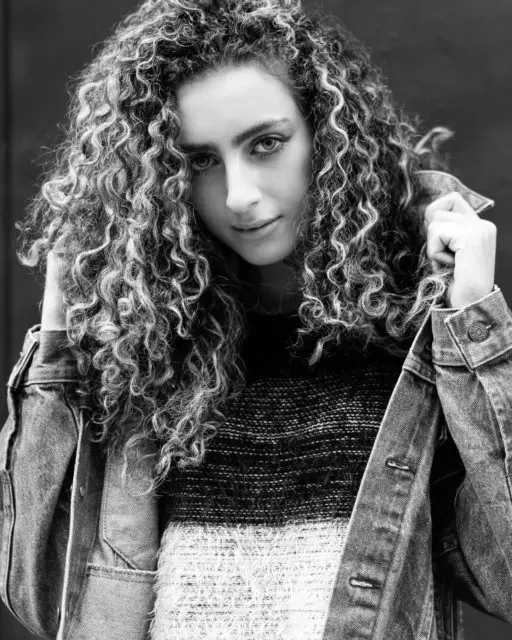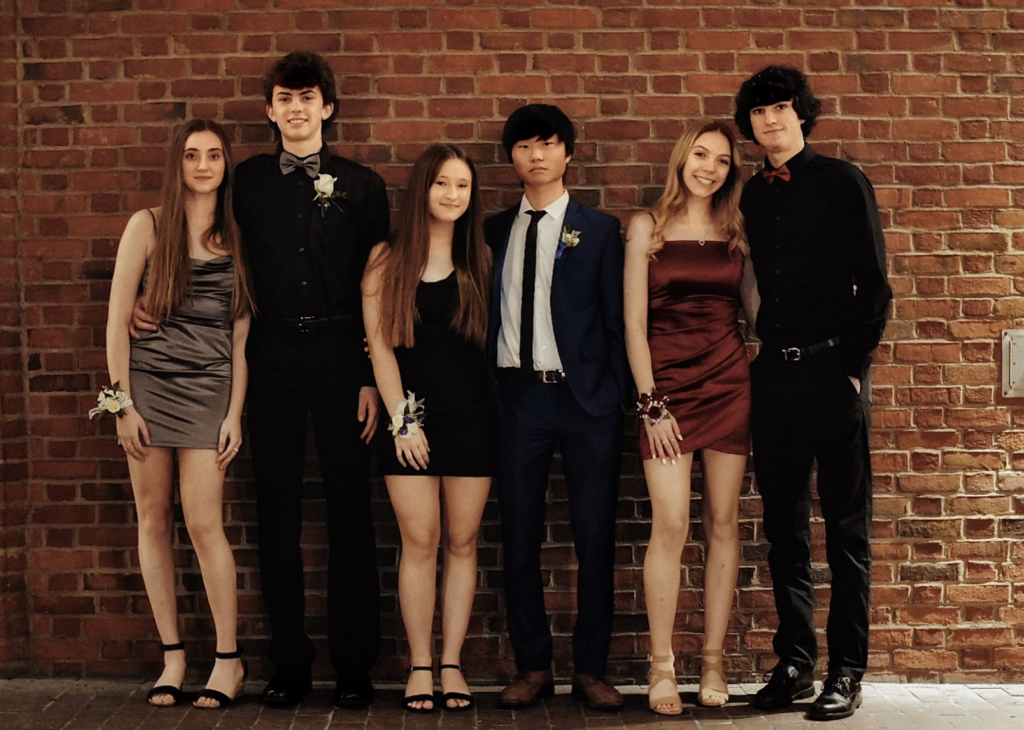There persists among some photographers the idea that if you prefer natural light portraits it means you don’t really know how to use studio lighting. While this certainly might be the case for some individuals, it’s a tiresome sentiment that willfully disregards the possibility that one can be a capable studio photographer and still prefer working with natural light.
So I’ll skip listing any of the myriad reasons why some portrait photographers prefer natural light and, instead, cater to those who already know they have a thing for natural light portraits and want to learn how to make better use of the light to improve their photos.
If this describes you, here are three practical tips that will lead to successful natural light portraits
1. Directionality Is The Name Of The Game
You can’t reposition the sun but you can redirect sunlight.
Everyone is aware that shooting in direct midday light isn’t really a desirable situation, but there are times it simply can’t be helped. Most people can’t organize their day around where the sun is located in the sky.
If for some reason, you have to shoot when lighting conditions aren’t so great, the best step you can take toward guaranteeing success is redirecting, blocking or softening the light.
Blocking light is simply a matter of moving your subject into a location where they aren’t in direct sunlight. You can use the shade of a tree or a storefront awning or place your subject in a vehicle — anything to block out intense directional light.
You might also try softening the light by using a diffuser. A diffuser can be any translucent material — if you think you need to go out and purchase one, you probably don’t. If you have a sheer curtain in your possession, you have a diffuser. Simply have someone hold it directly above your model.
To redirect light, you’ll need a reflector of some kind. Those 5-in-1 reflector kits that you’ve probably seen at your favorite photography store are awfully convenient (and affordable), but there are other ways to reflect light — foam core, poster board, a white sheet, etc. When shooting outdoors, it’s usually a good idea to position your subject with the sun behind them. You can then use a reflector to bounce some light onto their face.


2. Face First
Since the face is typically the focal point of a portrait, your exposure should center around making sure the face “pop.” This simply means you need to keep in mind that there’s a natural tendency for people to immediately look at the brightest part of a photo.
Expose so that the face is at least a stop brighter than the background. This rule of thumb won’t work perfectly every time, but use it as a starting point and go from there, remembering that context and creative vision factor in more prominently than strict technical adherence.


3. Have A Plan C
Natural light can be unpredictable (the veracity of this will vary by geography), so you should always have a backup to the backup plan.
Be prepared for plan A and plan B to fail. It’s not about pessimism or setting yourself up for failure — quite the opposite, in fact. You shouldn’t assume that nature is going to cooperate with you. When it doesn’t, you should be equipped to make adjustments on the fly.
Have alternate locations in mind, keep various light modifiers with you, be able to reimagine the scenes you envisioned for your photoshoot. This sort of creative flexibility will ensure you can accomplish your goals in spite of having to jump a few hurdles.


Final Thoughts
Natural light can be used to make truly stunning portraits, that much we all know. Perhaps the greatest challenge is the lack of control, as compared to working with studio lighting.
While you can’t reposition the sun or adjust the intensity of its light, and you can’t always wait around for golden hour to do your photo shoot, there are a few simple things you can do — outlined above — to set yourself up for success.
Now go out and enjoy the light!
Further Reading
- Natural Light Portraiture: How To Succeed, Every Time
- Capturing the Beauty of Natural Light at Any Time of Day
- Natural Light Techniques to Make Amazing Travel Portraits
- Artificial, Natural, or Available Light? Finding the Light That’s Right for You
Further Learning
The Art Of Portrait Photography is your chance to truly master portrait photography, and produce your own inspiring, memorable images that convey real meaning and emotion. In The Art Of Portrait Photography, you will discover the insider secrets used by professionals to take your portrait photography to the next level.
In this guide you'll learn:
- Where to find the best natural light
- How to get great shots with minimal equipment
- How to make your own lighting gear from stuff that’s lying around your house
- How to bend, squeeze, and alter light for dramatic effects
- How to pose a single subject and groups of subjects
- What are the best lenses to use
- How good of a camera do you need
- What steps to take for razor-sharp photos
- What f/stop should you use
- And much more…





1 Comment
The model in your pictures is just stunning. So beautiful. Great article.